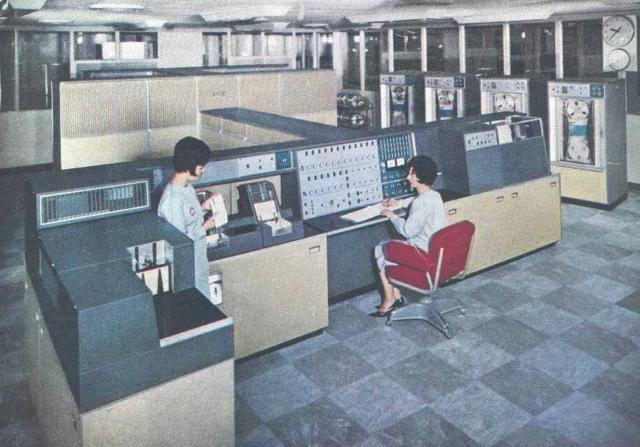The National Museum of Computing in the UK is planning to restore, and set at work one of the four existing machines of the ICT 1301 business computers (www.ict1301.co.uk) manufactured in 1960 (150 units were made of the first “mass-produced” computer at the time). Experts are of the opinion that the machine known as Flossie is the only one that could again be restored to working order. It is scheduled to be put on display in 2016, and hoped that the original software will run on the computer.

The six meter by seven meter computer weighing about five and a half tons installed at the University of London was originally used to assist in accounting and administration as well as to keep record of the test scores of secondary school students taking school leaving exams in England and Wales. As a great advantage, Flossie required less air-conditioning than its predecessors, and it consumed substantially less energy as a result. After it was retired from the university, three students bought it at scrap metal value, then it was stored in a barn in Kent county. It was the owner of the farm who offered it for the museum.
Recommended to medium sized companies for doing accounting and payroll, ICT 1301 came with a punched card reader and printer as a means of storing data. It was especially popular because of its built in converter that could calculate with pounds, schillings and pennies, the monetary units of the UK at the time. If one wanted to write programmes, it was not necessary to learn the customary binary or octal number system, because results were recorded either in the decimal number system or in pounds.
ICT 1301 featured in a number of films released at the time, for instance, in Pink Panther, in The man with the Golden Gun and the legendary Goldfinger in the James Bond series, and in some of the episodes in the television series of Doctor Who.
